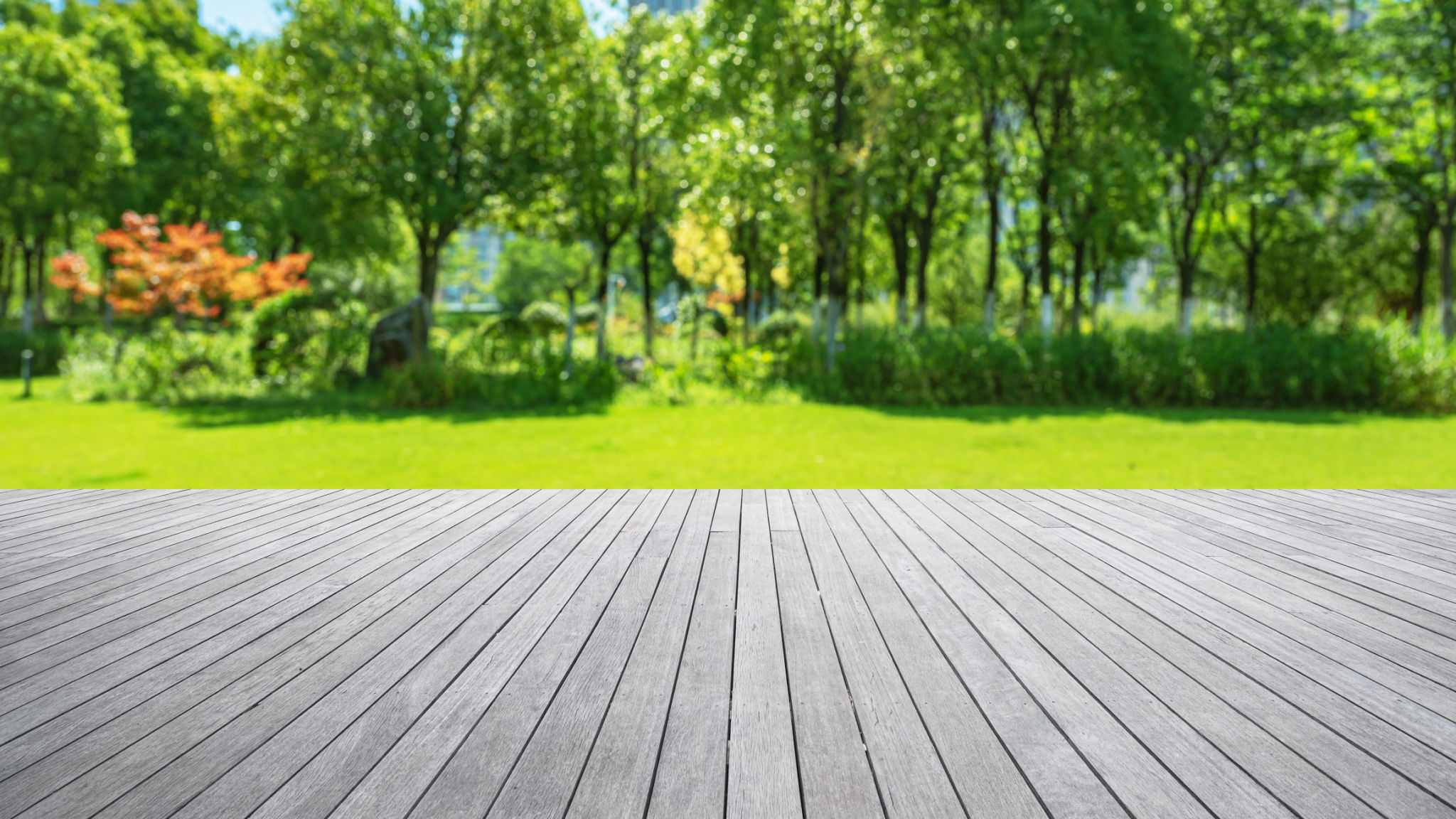Expert Tips for Designing a Custom Deck to Enhance Your Outdoor Space
Understanding Your Space
Designing a custom deck is an exciting way to enhance your outdoor space, creating a perfect blend of functionality and aesthetics. The first step in this process is understanding your available space. Measure the dimensions of your yard and consider the layout of your home. This will help you determine the best size and shape for your deck.
Take note of the natural features in your yard, such as trees, slopes, or water features. These elements can be incorporated into your deck design to create a seamless integration with the landscape. Additionally, consider how much sun or shade your deck will receive throughout the day.

Choosing the Right Materials
The choice of materials can significantly impact not only the look of your deck but also its longevity and maintenance requirements. Common materials include wood, composite, and PVC. Wood offers a natural aesthetic but requires regular maintenance. On the other hand, composite materials are low-maintenance and highly durable.
When selecting materials, consider the climate in your area. If you live in a region with heavy rainfall, opt for materials that are resistant to moisture and rot. For areas with intense sun exposure, choose materials that resist fading and warping.
Wood Options
If you decide on wood, options like cedar and redwood are popular due to their natural resistance to insects and decay. Pressure-treated lumber is another cost-effective choice for those seeking durability on a budget.

Designing for Functionality
Think about how you plan to use your deck. Do you envision it as a space for entertaining, dining, or relaxation? Your intended use will dictate various design elements such as seating arrangements, built-in features like planters or benches, and even outdoor kitchens or fire pits.
Incorporating different levels or sections within your deck can create distinct areas for various activities. For instance, a lower level might house a dining table, while an elevated section could serve as a cozy lounge area.
Adding Features
Consider adding features like railings, stairs, or lighting to enhance both safety and ambiance. Railings can be more than just functional; they can add style with materials like glass panels or wrought iron designs. Lighting is crucial for evening use, providing illumination and enhancing the atmosphere.

Incorporating Greenery
A custom deck offers a wonderful opportunity to blend nature with your outdoor living area. Integrate planters or vertical gardens into your design to add greenery and color. This not only enhances the beauty of the space but also provides privacy and shade.
Select plants that thrive in your climate and require minimal maintenance. Consider using native plants that are well-suited for your local environment.
Working with Professionals
If you're unsure about any aspect of your deck design, consulting with a professional can be highly beneficial. They can provide expert advice on everything from design aesthetics to engineering requirements. A professional can also assist with permits and inspections, ensuring your deck is up to code.
Ultimately, investing time in planning and design will result in a custom deck that enhances your outdoor space and adds value to your home. By considering functionality, materials, and aesthetics, you can create an outdoor haven that meets your needs and reflects your personal style.